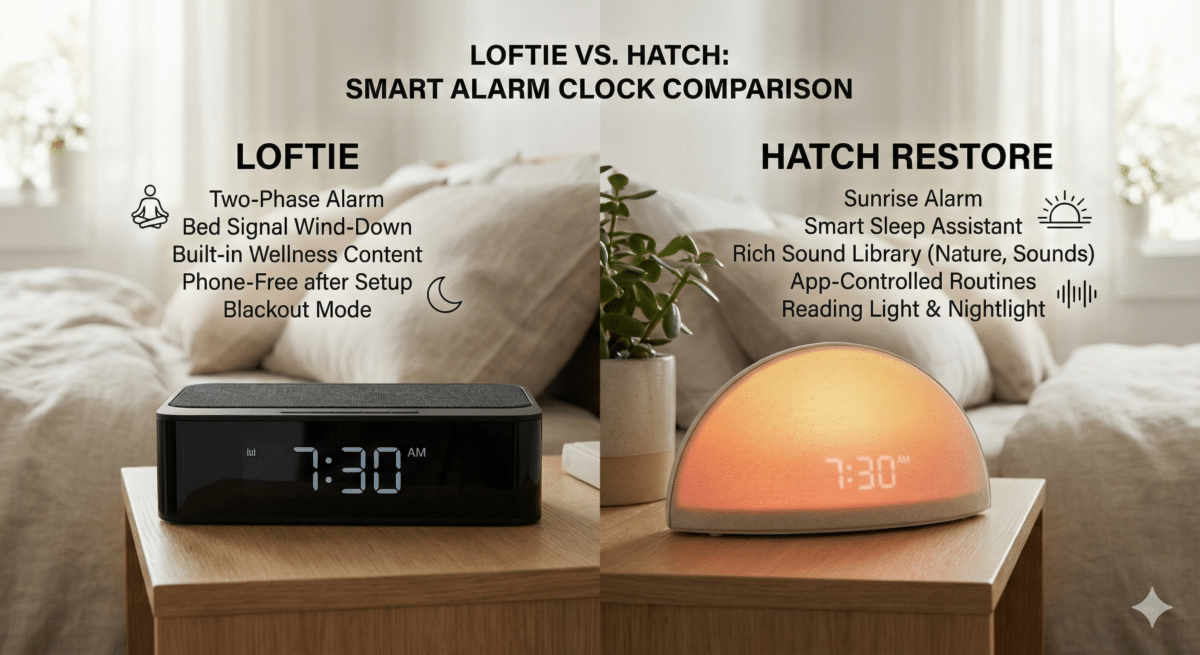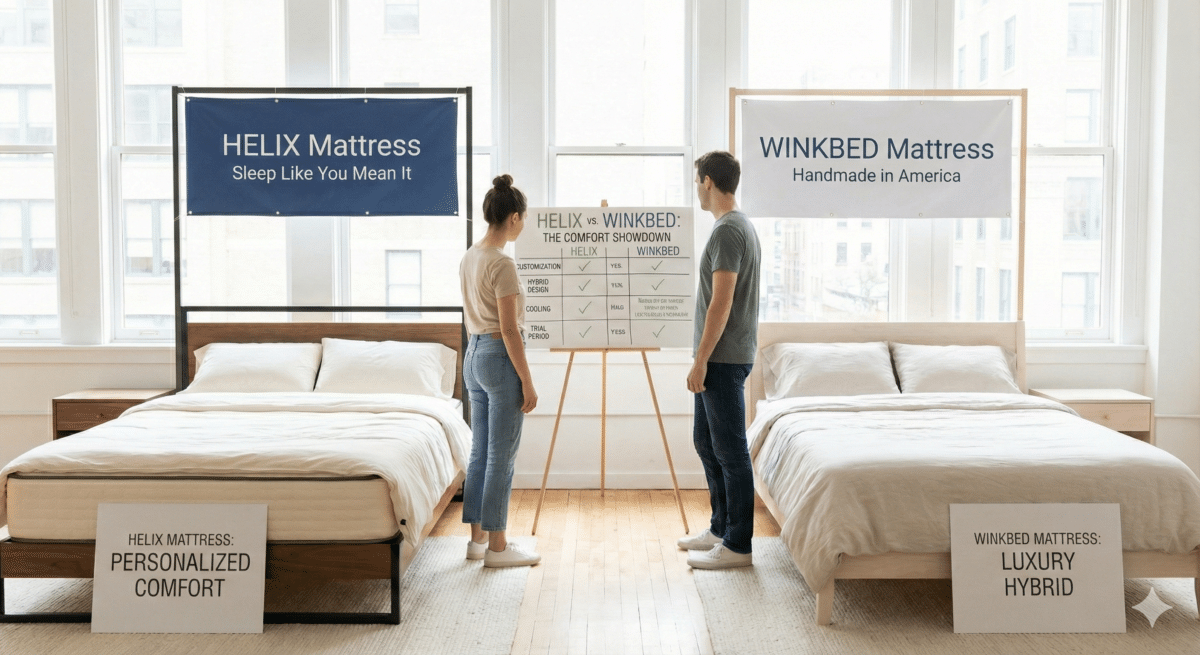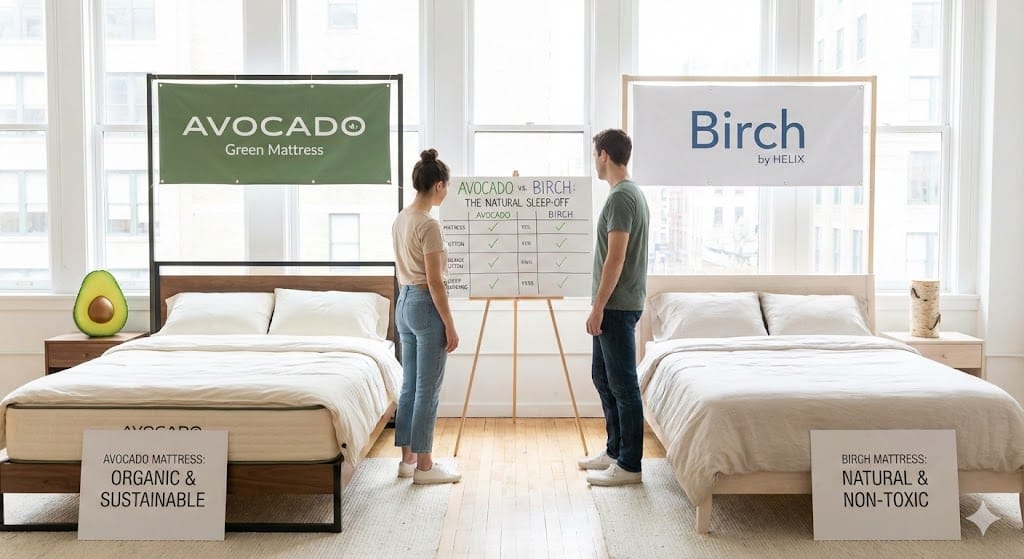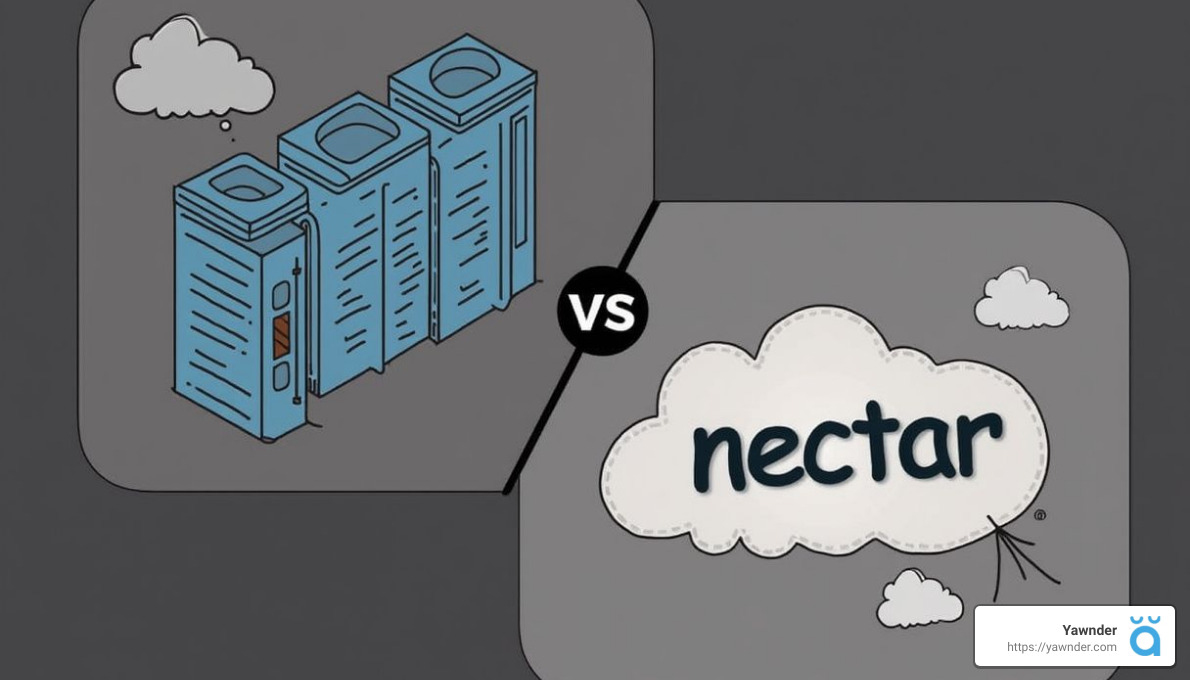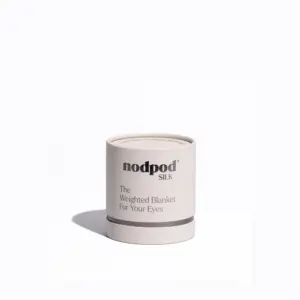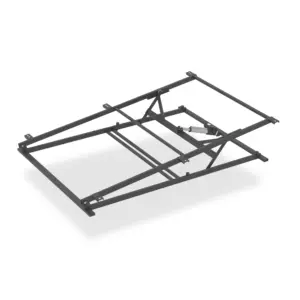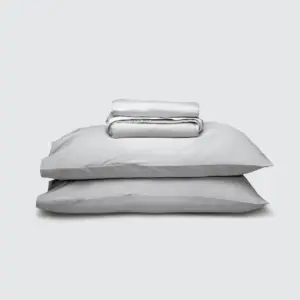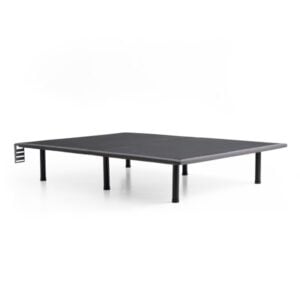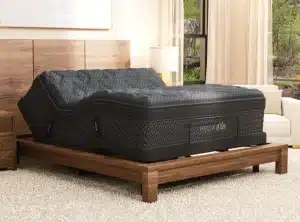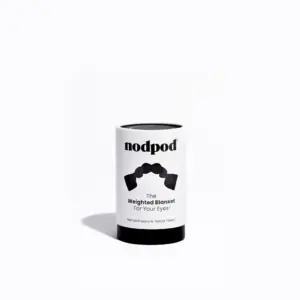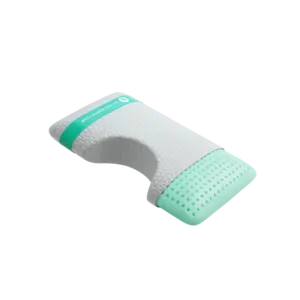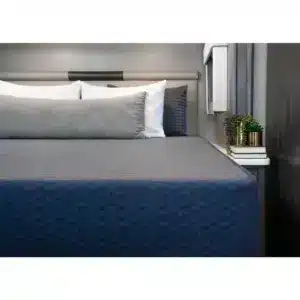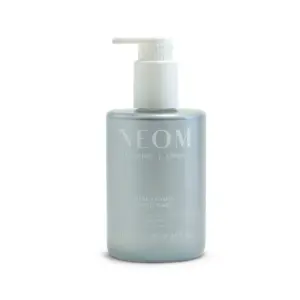Are Foam Mattresses Hypoallergenic? The Best Options for Allergy Relief
Introduction
If you struggle with allergies, finding the right mattress can significantly impact your quality of life. Hypoallergenic foam mattresses are designed not only for comfort but to create a healthier sleep environment by minimizing allergens like dust mites, mold, and bacteria. This article explores the effectiveness of foam mattresses for allergy relief and highlights the best options available to meet your needs.
Understanding Hypoallergenic Foam Mattresses
What Makes Them Hypoallergenic?
Hypoallergenic foam mattresses are typically crafted from materials known for their ability to resist allergens. The denser structure of these mattresses limits the space where allergens can thrive, making them an ideal choice for anyone sensitive to allergens. Materials such as memory foam and latex are commonly used, both of which are less likely to harbor pests.
Dust Mites: A Common Problem
Dust mites, tiny creatures that feed on dead skin cells, thrive in many households, especially in traditional mattresses. The dense foam structure of hypoallergenic mattresses makes it challenging for dust mites to settle and reproduce. Research identifies memory foam as particularly effective, as its compactness minimizes the chances of these allergens taking root.
Battling Bacteria and Mold
Mold and bacteria flourish in damp environments, potentially causing allergic reactions and respiratory problems. Hypoallergenic foam mattresses actively resist these dangers. Both memory foam and latex possess natural antimicrobial properties, inhibiting the growth of bacteria and mold. According to allergists, latex is particularly beneficial for people prone to allergies due to its inherent resistance to microbial threats.
The Role of Foam Density
Why Dense Foam Matters
The structure of hypoallergenic foam mattresses plays an essential role in their allergy-fighting capabilities. Their high-density design not only provides impressive support but also deters allergens. Studies show that high-density foams maintain their shape over time, delivering consistent support while reducing the risk of allergen accumulation. Regular cleaning practices—like washing bedding and using mattress protectors—also help minimize allergens.
Addressing Chemical Concerns
Volatile Organic Compounds (VOCs), prevalent in some mattresses, can lead to allergic reactions or sensitivities. Many hypoallergenic foam mattresses boast CertiPUR-US® certification, ensuring they are free from harmful VOCs, heavy metals, and flame retardants. This certification signifies that the materials used minimize the risk of chemical sensitivities, promoting a healthier sleep space.
The Benefits of Choosing Hypoallergenic Foam Mattresses
Enhanced Sleep Quality
Opting for a hypoallergenic foam mattress not only aids in allergy prevention but also elevates overall sleep quality. Their dense construction minimizes allergens, reducing the likelihood of triggering asthma, eczema, and other allergic reactions.
Easy Maintenance
Foam mattresses typically have smooth surfaces that are simple to clean. Unlike traditional mattresses, they do not readily trap dust and debris. Regular vacuuming with a HEPA filter can significantly aid in keeping your mattress allergen-free.
Sustainable Choices
For those concerned with chemical sensitivities, hypoallergenic foam mattresses often utilize eco-friendly materials, steering clear of harmful substances like formaldehyde. Dr. David Corry, a prominent medical professional, emphasizes that selecting a mattress free of harsh chemicals can greatly benefit those with sensitivities.
Types of Hypoallergenic Foam Mattresses
When it comes to hypoallergenic foam mattresses, there are three primary types to consider: memory foam, latex foam, and hybrid mattresses. Each brings distinctive advantages for allergy sufferers.
1. Memory Foam Mattresses
Memory foam, originally developed for NASA, is a favorite among allergy sufferers due to its dense structure, making it difficult for allergens to infiltrate. Moreover, many come with removable and washable covers, making maintenance seamless.
2. Latex Foam Mattresses
Natural latex foam is excellent for allergies, possessing inherent resistance to mold and dust mites. Its incredible durability ensures it lasts longer than many foam types, while its breathability promotes airflow to further combat allergen build-up.
3. Hybrid Mattresses
Combining foam and coil systems, hybrid mattresses offer both support and comfort. Many of these mattresses come with allergen-resistant covers and improved airflow features, effectively reducing the chances for mold and mildew.
Top Picks for Hypoallergenic Foam Mattresses in 2025
1. Dreamy S1 Double-Sided Memory Foam Mattress
– Ergonomic support with a flippable design and premium hypoallergenic materials.
2. Breeze Cooling Memory Foam Mattress
– Combines hypoallergenic features with cooling technologies for hot sleepers.
3. Puffy Deluxe Mattress Topper
– An affordable addition to your current mattress, made from hypoallergenic memory foam.
4. Saatva Zenhaven Mattress
– A luxurious option with natural latex, providing a flippable design for versatile comfort.
5. 8 Inch Full Comfort Memory Foam Mattress
– An economical, effective choice with breathable layers and organic cotton for sensitive skin.
How to Choose the Best Hypoallergenic Foam Mattress
Firmness Levels
Selecting the right firmness is vital for comfort. Mattresses vary from soft to firm, with a medium-firm option often ideal for most sleepers. Consider your sleeping position when choosing:
– Side Sleepers: Softer mattresses are preferred.
– Back Sleepers: Medium-firm mattresses help align the spine.
– Stomach Sleepers: Firmer options prevent hips from sinking.
Cooling Features
Look for gel-infused or perforated foam mattresses to prevent overheating, especially for those who tend to sleep hot. Breathable materials enhance airflow, further combating mold growth.
Trial Periods and Certifications
A generous trial period is crucial to ensure the mattress is right for you. Look for warranties and certifications like CertiPUR-US® and OEKO-TEX for peace of mind regarding safety and quality.
Conclusion
Choosing the right hypoallergenic foam mattress is a key step towards achieving restful, allergy-free sleep. With options that combine comfort, support, and resistance to common allergens, it’s easier than ever to find a mattress that caters to your specific needs.
At Yawnder, we prioritize your health and comfort, offering an array of hypoallergenic foam mattresses designed with your well-being in mind. Explore our collection today to find the perfect solution for a cleaner, healthier sleep environment. Investing in a hypoallergenic foam mattress today means prioritizing both your health and comfort for many peaceful nights ahead.

